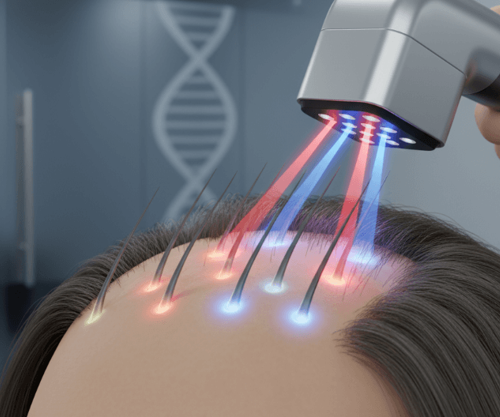Get the facts on how the procedure impacts nasal function (or doesn’t).
Alar base reduction, or alarplasty, is a cosmetic procedure designed to narrow the width of the nostrils by removing small wedges of tissue at the nasal base. While it’s primarily aesthetic, many prospective patients share a common concern:
“Will this surgery affect how I breathe?”
Let’s break down the medical facts behind this concern and help you understand how the procedure interacts with your nasal structure and breathing function.
🩺 The Anatomy of Breathing Through the Nose
To understand the impact, it helps to know how nasal airflow works.
Nasal breathing is primarily governed by:
- Nasal valves (especially the internal nasal valve)
- Septum alignment
- Turbinate function
- Airway space within the nasal passages
The alar base and nostrils are part of the external nasal structure. They do not significantly control airflow unless severely altered.
✅ When Alar Reduction DOESN’T Affect Breathing
In most cases, alar reduction surgery does not impact your breathing. Here’s why:
- The incisions and tissue removal are superficial, affecting only the nostril’s outer shape—not internal airflow pathways.
- If performed conservatively by a skilled surgeon, no critical nasal valve structures are compromised.
- Patients with healthy, unobstructed nasal passages before surgery typically maintain normal breathing afterward.
Common Scenario:
A patient with wide nostrils undergoes alarplasty to create a more balanced look. The internal nasal passages remain untouched. Breathing remains normal post-op.
⚠️ When Alar Reduction MAY Affect Breathing
While rare, breathing issues can occur if the procedure is too aggressive or poorly executed. Here’s when it may become a concern:
- Over-resection of nostril tissue may narrow the external nasal opening too much.
- In cases where the nasal valve area is inadvertently altered, airflow can be restricted.
- Patients with pre-existing breathing issues (deviated septum, enlarged turbinates) may experience worsening if surgery isn’t planned holistically.
- Scar contracture during healing could cause mild nostril collapse in very rare instances.
⚠️ Always disclose any nasal congestion, snoring, or breathing difficulties during your consultation so the surgeon can plan appropriately.
👃 How Korean Surgeons Minimize Risk
Korean plastic surgeons are renowned for their attention to detail and minimally invasive techniques. They typically:
- Use internal incisions or Weir excisions placed within natural creases
- Ensure nostril narrowing remains within functional limits
- Pre-screen patients for any internal breathing issues before planning surgery
- Offer combined surgeries (like septoplasty + alarplasty) when needed to improve both form and function
🧪 Post-Op Breathing: What to Expect
- Mild swelling may cause temporary nasal stuffiness in the first 1–2 weeks—but this is not a sign of long-term breathing impairment
- Breathing typically returns to baseline once healing progresses
- If any obstruction or discomfort persists beyond 4–6 weeks, a follow-up is essential
💡 Should You Get a Functional Assessment Before Surgery?
If you have a history of:
- Chronic nasal congestion
- Mouth breathing or sleep apnea
- Prior nasal trauma or surgery
- Structural issues (like a deviated septum)
…it’s a good idea to request a nasal airway evaluation or ENT referral before alar reduction. Some Korean clinics offer 3D imaging and airflow simulations as part of your consultation.
🏁 Conclusion: Cosmetic Change, Minimal Functional Risk
In summary:
| Concern | Reality |
|---|---|
| Will I breathe worse after alar reduction? | Highly unlikely if done properly |
| Can it block nasal airflow? | Only in rare or poorly executed cases |
| What should I do to prevent issues? | Choose a qualified surgeon and disclose breathing history |




